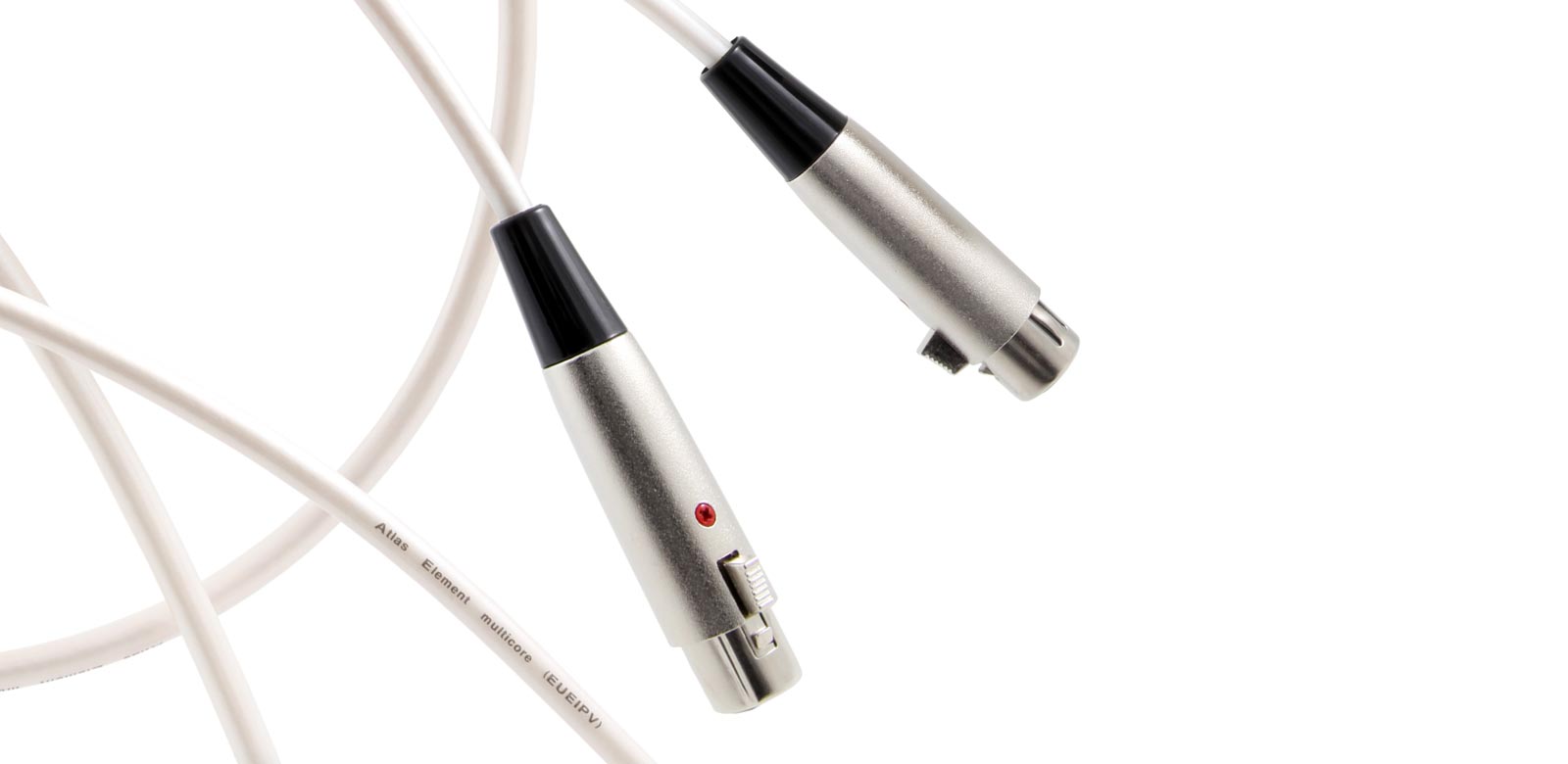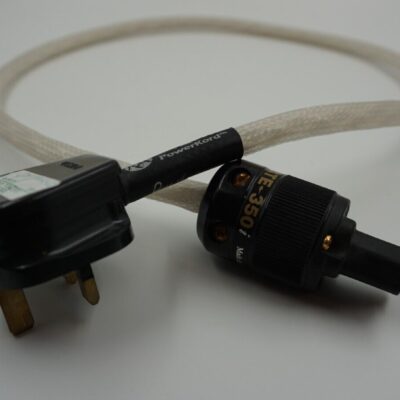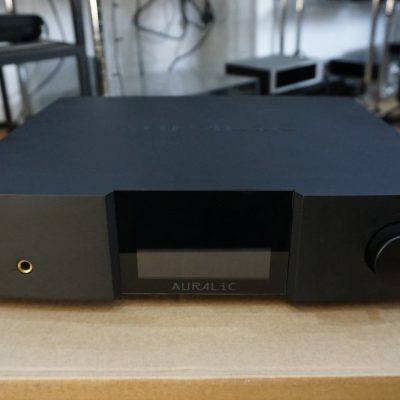Description
Atlas Element Mezzo 2 XLR to 2 XLR Audio Cable - Pair
2m
Based on Atlas' highly regarded Element XLR interconnects, the Element Mezzo XLR has been designed to meet the increasingly popular requirement for a cost-effective balanced cable with very little compromise in performance. The actual cable itself is identical, but the Mezzo uses a copper alloy body and pins as opposed to the high-purity OFC pins and aluminium alloy-bodied plug of the Element XLR.
Features
- Copper-Alloy XLR
- OFC Conductors
- PEF Dielectric
- 4 Core + Screen Construction
Copper-Alloy XLR
The Mezzo XLR combines a copper-alloy bodied plug with copper-alloy connectors and crimped (solder-free) construction.
Oxygen Free Copper (OFC)
OFC is produced through an extrusion process which takes place in an oxygen-free-inert-gas atmosphere. This leads to a reduced oxygen content (10 ppm) when compared to Tough Pitch Copper (TPC) and an improvement in conductivity which typically measures in at between 0.5% and 2% greater than TPC. The OFC process therefore produces a much higher quality audio cable than the TPC process. High purity conductors sound clearer than their unprocessed (TPC) counterparts because there are fewer crystal boundaries present to cause signal degradation.
| Copper Purity Comparison (0.3mm Diameter) | ||||
| TPC | OFC | OCC | ||
| Purity | >99.9% | >99.99% | >99.999% | |
| Specific Gravity | 8.75 | 8.926 | 8.938 | |
| Gas Impurities (ppm) | ||||
| O2 | 200~500 | <10 | <5 | |
| H2 | <0.5 | <0.5 | <0.3 | |
| Average Crystal Size (Metre) | 0.007 | 0.02 | 125.00 | |
| Crystals Per Metre | 150 | 50 | 0.008 | |
Polyethylene (PEF) Dielectric
PVC (Poly Vinyl Chloride) is cheap to produce and, as such, is the most commonly used insulation in AV cables. However, PVC is the worst quality insulation a Hi-Fi or AV signal can encounter as its high loss causes a significant reduction in signal velocity. PVC is better suited to power cables and should be avoided in Hi-Fi and AV signal cables. Other dielectrics in common use are Polyethylene, Polypropylene and Polytetrafluoride Epoxy (better known as PTFE (Teflon™) or Teflon,) and the new and unique Atlas (PTFE). PEF (Foamed Polyethylene). The foaming process uses a blowing agent, of which there are two types. Atlas use the gas-foamed method which creates a more inert, consistent and higher quality product. The table below shows the properties of a selection of dielectrics. Though not used as a dielectric in Atlas' cables, PVC is included for comparison purposes.
| Dielectric Material Comparison (0.3mm Diameter) | |||||
| Property | Polyvinyl Chloride (PVC) | Foamed Polyethylene (PEF) | Polypropylene (P.P) | Teflon (FEP or PTFE) | PTFE |
| Dielectric Constant (@ 50 -106Hz) | 4-8 | 2.3 | 2.25 | 2.1 | 1.3 |
| Dielectric Strength (kV mm-1) | 23-30 | 30-50 | 30-50 | 20-25 | N/A |
| Loss Tangent (% @ 50 - 106Hz) | 8-15 | 0.02-0.05 | 0.02-0.06 (@ 106Hz) | 0.02-0.07 | N/A |
| Volume Resistivity (Ohms.cm @ 20°C) | 1012-15 | >1017 | 6.5x1014 | >1016 | N/A |
| Tensile Strength (Kg mm-2) | 1.0-2.5 | 1.0-2.0 | 3.0-4.0 | 1.9-2.2 | 1.0 |
| Melting Point (°C) | -130 | 112-120 | 155-160 | 275 | 275 |
| Max. Continuous Operating Temp. (°C) | 60 | 75 | 90 | 200 | 260 |
| Min. Operating Temp. (°C) | -15 to -40 | <-60 | -5 to -45 | <-60 | -250 |


